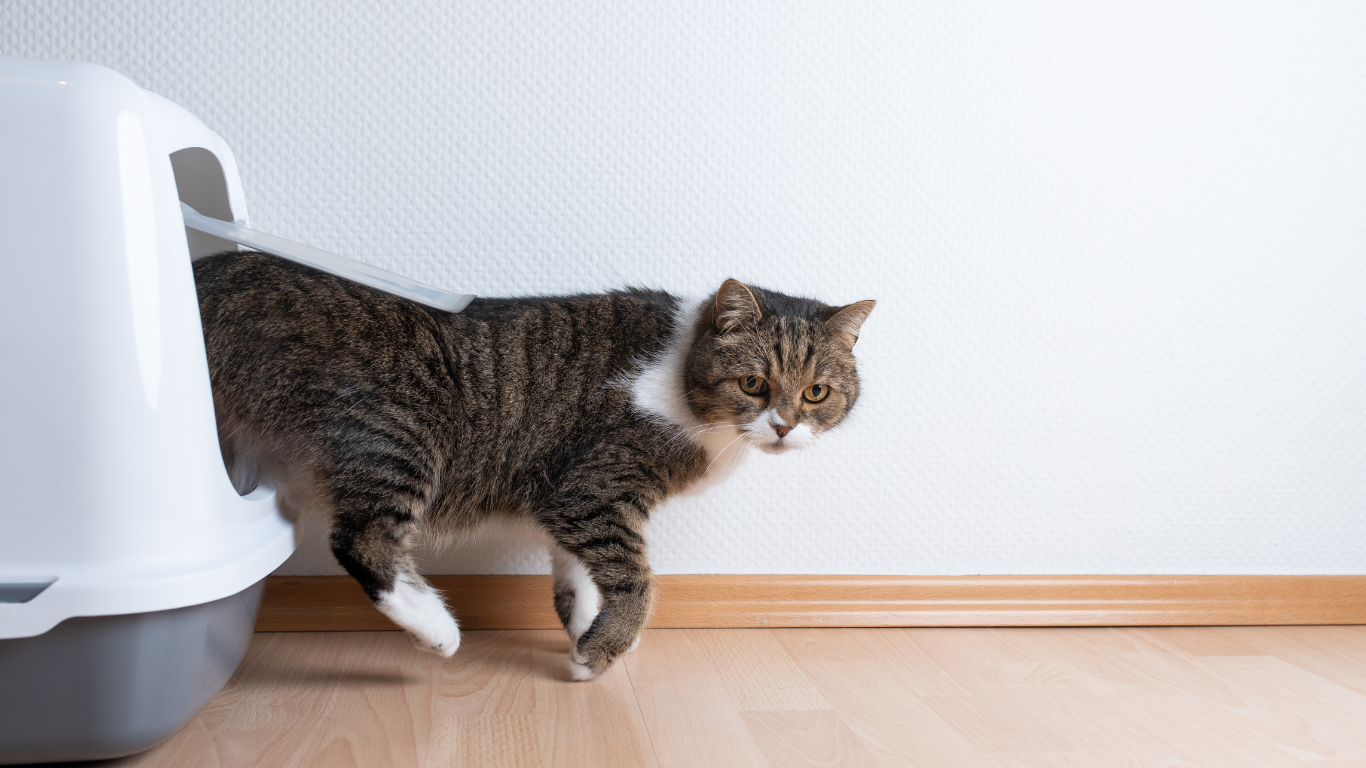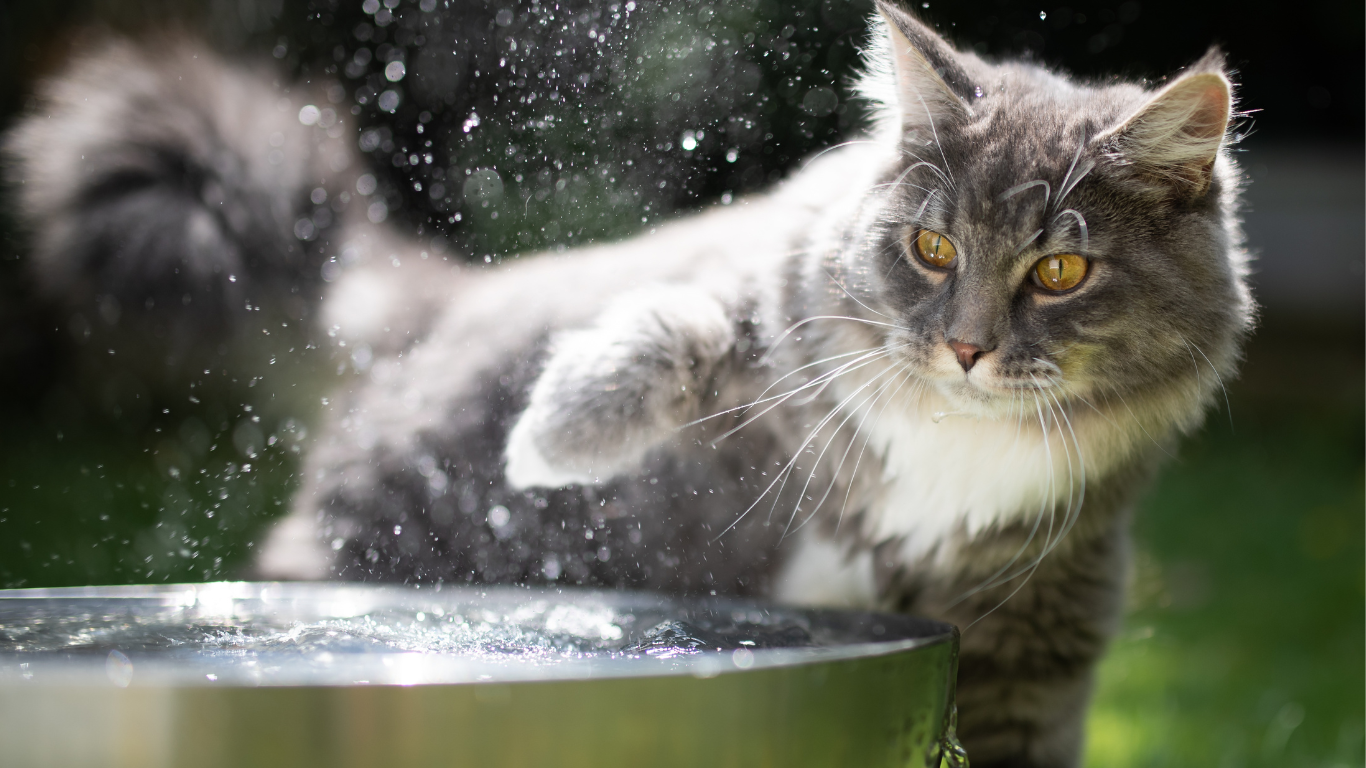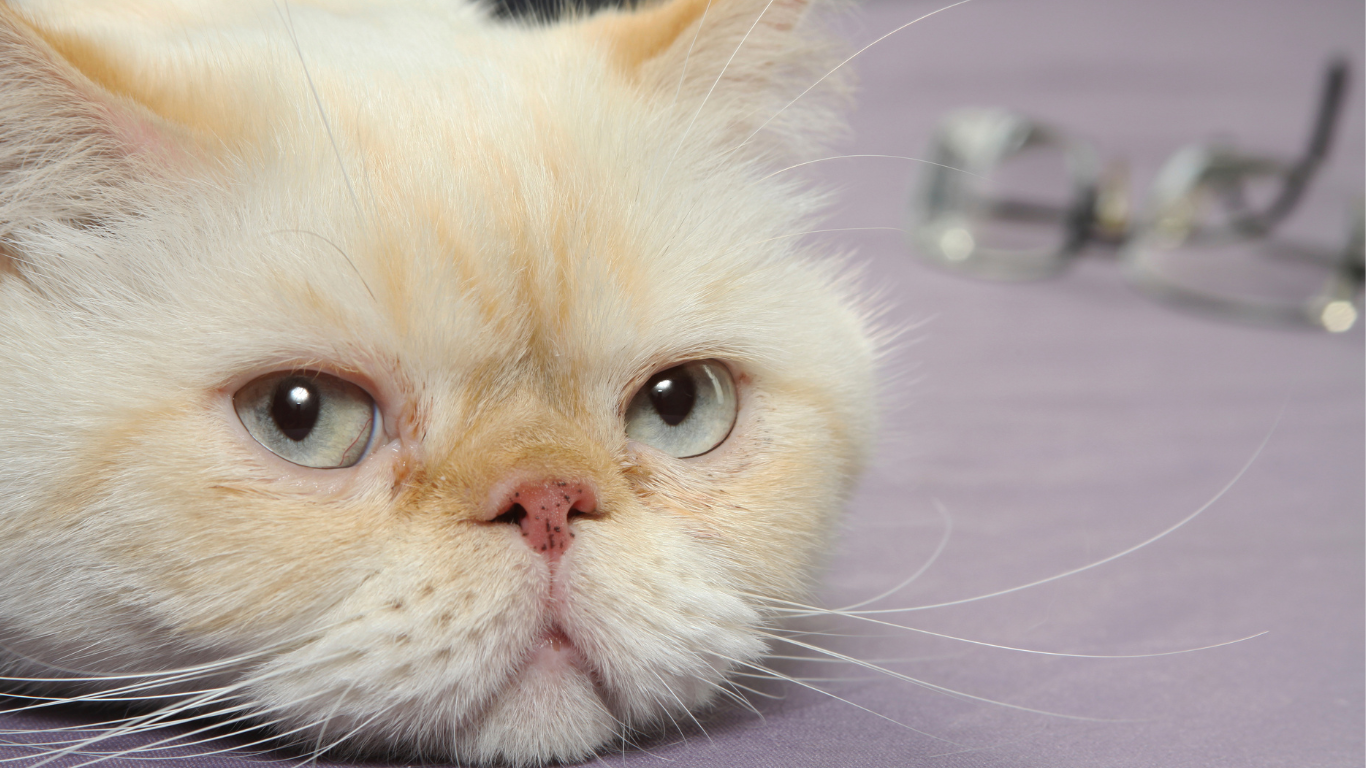Veterinarian Dr. Karin Schlotterbeck explains:

Bladder infections are common in cats and are usually associated with changes in your cat's behavior and pain.
How does cystitis occur in cats?
The main cause of so-called cystitis in your velvet paw is feline idiopathic cystitis. Stress is seen as a major factor in this disease. Therefore, special attention is paid to eliminating the stressor as long as possible or avoiding it from the outset. Often there is a so-called sterile infection, i.e. without the involvement of bacteria, so in this case an antibiotic can usually be dispensed with. The main treatment is pain. You can also try treating your cat with pheromones (feel-good hormones) in the form of vaporizers to increase their well-being, as another form of stress reduction.
Another problem is the formation of urine grit, which can irritate and damage the bladder mucous membrane, in cats that are often fatter and have little exercise and a diet rich in minerals. Especially in male cats, which have a very narrow urethra, urine grit can lead to a blockage of the urethra. As the disease progresses, the bladder continues to fill with urine, which can ultimately lead to urine flowing back into the kidneys via the ureters. This can lead to severe kidney damage and even kidney failure. Get more information on this topic in our magazine article Urinary grit and bladder stones .
It is also important to note bladder stones, which often arise from urine semolina and usually have to be removed surgically because of their size. The laboratory will then analyze the composition of the stone and recommend an appropriate diet for your four-legged friend to prevent it, as is the case with urine grit, which can sometimes be dissolved by appropriate feeding while your cat is still passing urine.
How do you recognize a bladder infection in your cat?
Regardless of the cause, a bladder infection is very painful and very restrictive for your cat. Therefore, you should visit your vet as quickly as possible.
The following symptoms indicate a bladder problem:
- Frequent urination, sometimes only in droplets
- Urinating in unfamiliar places (e.g. in the sleeping or feeding area)
- Problems and pain during urination
- increased licking of genitals
- Blood in the urine
How is cystitis in cats diagnosed?
Bladder infections in cats can usually be treated easily: As with most examinations, the vet will first talk to you about your tiger's general condition. The aim is to find out whether your cat shows certain symptoms when urinating, for example. He will also find out about the cat's feeding behavior and lifestyle. It can help if you bring a urine sample with you for the examination. Then he can examine them. Alternatively, he may also examine your pet's blood and/or carry out an x-ray or ultrasound of the urinary tract. Depending on the cause and extent of the disease, the therapy will also vary. It is important to avoid blockage of the urinary tract through timely and appropriate therapy.
How can cystitis in cats be prevented?
There are a few things you can do to prevent your cat from getting a bladder infection in the first place. Make sure you get enough exercise and ensure that your pet has a stress-free everyday life. Sufficient drinking and little magnesium and phosphate in the feed are also essential to prevent this annoying disease. Bowls in different places around the home or drinking fountains can support fluid intake. Wet food can also provide a good basis for your pet's fluid balance.










